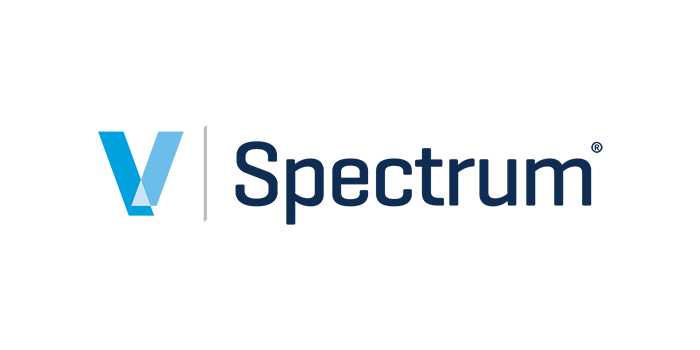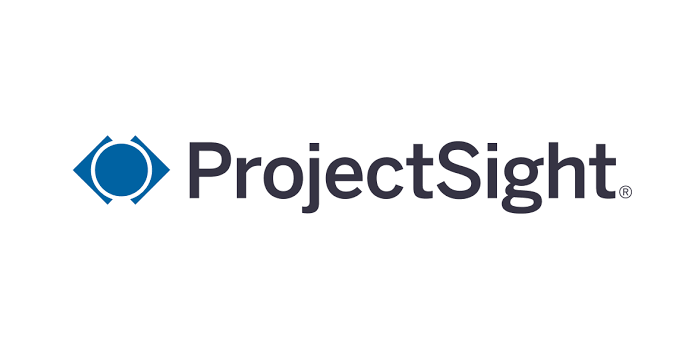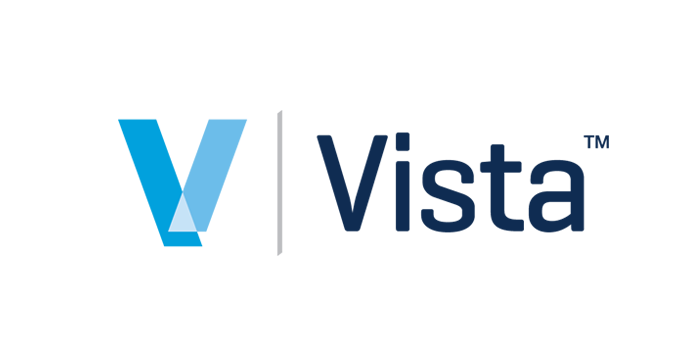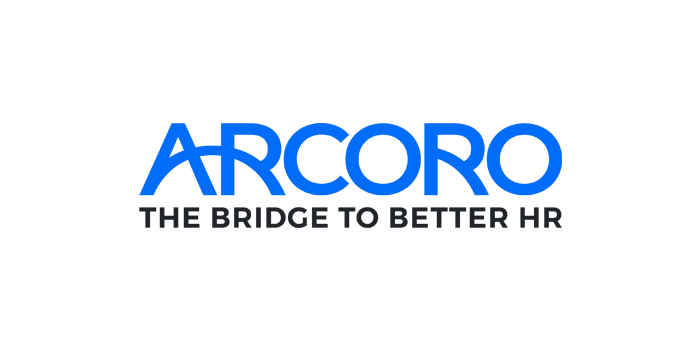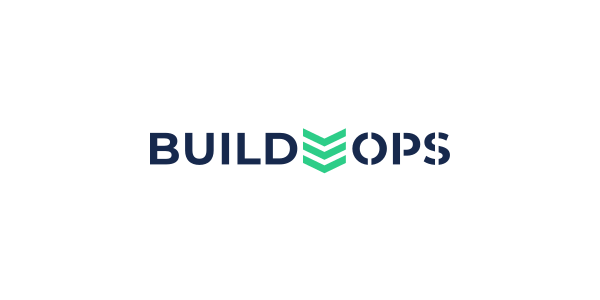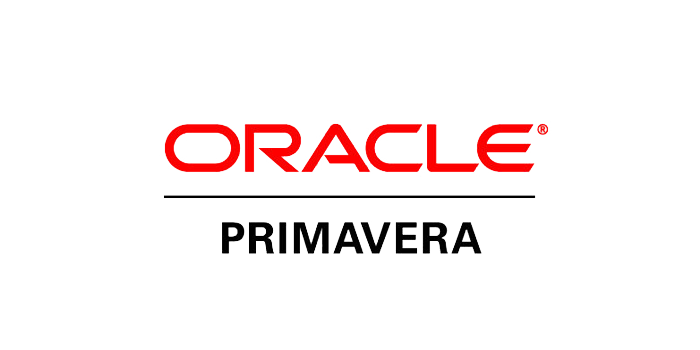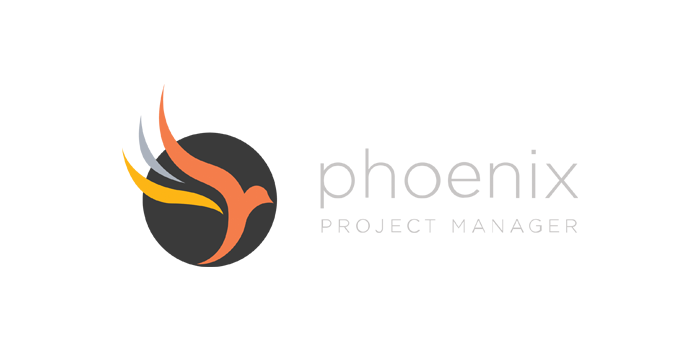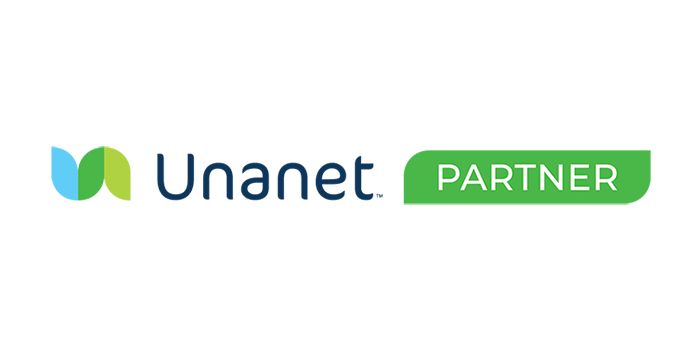Article written by Rob Preston and appears on Forbes.com
CIOs head into 2019 amid a relatively strong, though volatile, global economy. This volatility will only further unsettle their often-precarious position of having to take on new digital projects and innovate at an accelerating pace while also having to lock down costs. It all makes for a “schizophrenic” state of affairs, notes one CIO.
As in past years, CIOs have to make hard choices. Principal among them: how to shift the investment balance from legacy systems to new, mostly cloud-based applications, capabilities, and technologies (artificial intelligence, blockchain, data analytics) while improving security, reliability, and scalability. Oy.
In this, our seventh annual list of the 10 most important challenges CIOs face and opportunities they must grab in the year ahead, we shine a spotlight on several new priorities, but we also update certain ones from past years. As we noted in past years, real change doesn’t happen in discrete annual steps.
Your priorities may vary—based on the size of your organization, your industry, and/or your management’s appetite for change and ability to invest. But consider these 10 a starting point.

1. Explore new business models—don’t just digitize what your company already does.
Enterprises worldwide will spend about $2.1 trillion in 2019 on technology and related services to implement and manage their “digital transformation” initiatives, IDC estimates. If those huge investments are going to truly deliver transformation, they had better build wholly new digitally based business models, revenue streams, and customer relationships, and not just digitize existing processes.
While many a CEO talks about changing his or her company’s business model within the next few years, it’s up to CIOs to lay that groundwork—with new Internet of Things (Priority #4), artificial intelligence, subscription-management, and other business-model-shifting capabilities. Meanwhile, CIOs also must help shape the business strategy at the CEO and board levels. Responding to the rallying cry of “disrupt or be disrupted” has never been more urgent, even if it means challenging your core business strategies and tactics.
For example, the commercial viability of solar offers “sustainable” business opportunities for Exelon Utilities, which delivers electricity and natural gas to about 10 million customers in five US states (plus the District of Columbia), says CIO Mark Browning. Exelon already provides customers with a range of information and analytics on their energy usage, the status of outages, and other matters, but it’s now also looking to provide customers with digital tools to evaluate whether they’re good candidates for solar. The vision is to eventually connect those candidates to an ecosystem of third-party solar suppliers it has vetted, serving as something of an energy adviser as well as a general contractor for that installation and ongoing support, Browning says.
Why would Exelon proactively migrate those customers to third parties? “We look at other industries that have been disrupted, and those companies that get caught by surprise are the ones that didn’t get involved, didn’t actively participate,” he says. “They bury their heads in the sand and hope the disruption is going to go away. Instead, we ask ourselves: How can we get involved in it, become a part of it, to help shape the future.”
2. Buck the information security status quo.
Two-thirds of the 450 companies recently surveyed by Oracle and KPMG for their Cloud Threat Report said their operations had been disrupted by a security incident in the past two years, and more than half said they had experienced a breach-related financial impact. For the second year in a row, security is the #1 management issue cited by CIOs and other IT executives surveyed by the Society for Information Management (SIM). For the fifth year in a row, it’s their most worrisome concern.
It’s bad enough when a hacker gains access to a company’s sensitive financial, intellectual property, customer, and/or employee data. But the security stakes are getting even higher with the Internet of Things (IoT). Imagine the dire human consequences of a hacker exploiting system vulnerabilities in autonomous cars, the electricity grid, or remotely monitored healthcare devices.
Making data ever-more difficult to secure is the fact that companies’ IT infrastructures have become ever-more complex—hundreds of different configurations of operating systems, databases, applications, devices, and other components that companies must patch regularly. It’s estimated that 85% of security breaches take advantage of system vulnerabilities for which patches were available for more than a year.
That’s why 70% of enterprise security environments have started to make use of cognitive/artificial intelligence technologies to help humans deal “with the vastly increasing scale and complexity of cyber threats,” IDC reports. For example, new autonomous technologies—self-managing databases and other highly automated cloud platform services—use machine learning algorithms to continuously patch, tune, back up, and upgrade themselves without the need for human intervention, all while the system is running.
“What’s very clear is that the status quo in information security—disparate systems, drawn-out patching, point solutions—isn’t working,” Oracle CEO Mark Hurd writes in a recent LinkedIn column. “Every week brings more evidence of that reality and brings another CEO under fire. It’s long past time for companies to start coming at this problem differently. The cloud and new autonomous software may be the answers they are looking for.”
3. Get more involved in product development.
At Cummins, the Columbus, Indiana-based maker of engines and power-generation systems, CIO Sherry Aaholm now works more closely with CTO Jennifer Rumsey and Cummins’ engineering teams than she did even a year or two ago—on product security, reliability, maintenance, uptime, and other digital improvements.
Under one initiative, Aaholm’s team is working with company engineering teams to perform multifactor correlations on Cummins engine warranty and claims data, as well as live data pulled off its engines in customers’ farming and mining vehicles. That data analytics can identify how an engine’s usage pattern may contribute to a component problem, whereas a different pattern did not.
Using this information has allowed Cummins to facilitate proactive maintenance changes, to reduce both vehicle downtime and maintenance costs. Cummins’ overall goal is to reduce warranty claims, and thus reduce the associated expense to about 2% of sales. In the process, the company starts to engage with customers much more regularly, sometimes in real time, as a support and service provider.
“What we are seeing is a change in the way IT engages in product development,” Aaholm says. “It’s very different from the way manufacturers have thought about IT. Historically, IT was about delivering the ERP, HR, and other systems to support the company. Now, with IoT and advanced analytics, it’s about delivering value. We don’t want to spend our time and money running ERP systems on a daily basis.”
Instead, Cummins is moving those and other applications into the cloud, offloading the heavy lifting of system maintenance, security, and uptime to vendor experts while freeing up time and money for Cummins’ analytics and other product-oriented IT investments. “I have to demonstrate value,” Aaholm emphasizes. “The incremental value we’ve demonstrated so far has spurred our executive team to say, ‘We need to go even faster now.’”
4. Tap the full potential of the Internet of Things.
The Cummins example is just one of many Internet of Things success stories. Sensors are getting ever-cheaper. Reliable connectivity, especially with the impending arrival of 5G (Priority #5), is becoming more plentiful. Scalable data processing power is just a cloud provider away.
Companies are now acting on insights derived from data collected from everything from railroad tracks, factory floor machines, electricity grids, and lighting systems to toothbrushes and body parts in order to improve the efficiency, effectiveness, and upkeep of their products and services.
Nowhere is IoT’s importance and potential bigger than in agriculture. Today, the world’s population of 7.2 billion is about double what it was in 1970, with a fraction of the arable land, yet food supplies have managed to keep up, thanks in part to IoT-driven productivity improvements.
Both conventional and greenhouse farmers are deploying sensors that relay data on precisely where their irrigation, fertilizers, and other agricultural inputs are working and not working, helping farmers optimize those inputs and identify the best day and time to harvest their crops. Such data analyses have allowed greenhouse farmers in particular to grow food using one-tenth the amount of water used on a conventional field outdoors, “and we think we can make another order-of-magnitude improvement,” says Oracle Executive Chairman and CTO Larry Ellison, who owns a company that builds robotic greenhouses. “IoT is going to revolutionize the oldest industry in the history of humankind,” Ellison said at Oracle OpenWorld in October. “There are more than 7 billion people on the planet right now only because of a series of agricultural revolutions, and this is one of them.”
How will IoT revolutionize your company and industry?
5. Get your arms around 5G.
Mobile communications providers already are running trials of 5G, the next-generation mobile networking infrastructure, and real-world applications should start showing up around 2020. So it’s not too early for CIOs to start working 5G capabilities into their IT roadmaps, especially to handle IoT, cloud computing, and machine learning/artificial intelligence workloads.
Two of 5G’s main advantages over 4G are high speed and low latency: bandwidth of up to 10 gigabits per second per device, with network delay down to between 1 and 4 milliseconds. That extremely low latency will support applications that demand near-real-time and highly reliable data communications, such as at-home healthcare services and autonomous driving.
Perhaps even more important is 5G’s “network slicing” capability, which will let companies design targeted, application-oriented networks in software on the fly, notes Doug Suriano, senior vice president and general manager of Oracle’s Communications unit. For example, manufacturers will be able to implement fixed broadband wireless 5G networks, to their own specifications, in factories where they’re expanding their use of IoT, connecting to third-party networks for wider communications, Suriano says.
A handful of large enterprises will roll out such localized wireless 5G networks in 2019, using slight modifications of the 4G core while taking advantage of the current patchwork of 5G radio spectrum, he says. The true 5G core, allowing full network slicing, will show up in large-scale production networks around 2020.
“Understanding 5G and its implications should be high on your company’s priority list,” Suriano says. “How will setting up a private 5G network slice improve your company’s critical applications, services, and security processes? Could new network services open up revenue-generating opportunities? And what’s your best strategy for leveraging that capability—service provider or DIY? Before you know it, full-throttle 5G wireless networks will be here—so be prepared.”
6. Narrow your priorities.
As mentioned in the introduction to this article, a continuing challenge for most CIOs amid the accelerating pace of business and technology change is to vet and filter the myriad “#1” priorities competing for their organizations’ time and resources.
“Managing the demand is probably the biggest challenge I face,” says one CIO, who estimates that the volume of new technologies his business partners are looking to deploy has doubled in just the past three years—in an environment in which the company must tighten its costs. “We haven’t doubled our staff,” the CIO says, “so you have to be very creative about how you source and staff projects in order to keep up with demand.” And your CEO must have your back so that you can say no from time to time.
Any IT prioritization process should take into account the following factors: What is the business bang for the buck relative to other projects? Will this project serve customers or just improve things internally? Which projects are most time-sensitive? Which ones do we really have the expertise to pull off? Will this project produce long-term returns? What would be the total cost of failure?
Last year, we offered words of wisdom from Raytheon CIO Kevin Neifert that apply just as much today. Neifert advised CIOs to figure out which critical priorities are worthy of their “A” efforts, and in which areas it’s OK for their organizations to back off and earn just a C—so that they don’t end up doing B work across the board. He puts his people through this A/C grading exercise when setting goals for the year ahead, settling on only three top priorities for which the IT organization will focus its best talent and most resources.
7. Cultivate a culture of innovation.
Among the most important IT management issues cited by CIOs in SIM’s latest survey is innovation, which rose to #4 from #7 the previous year.
Innovation doesn’t just happen organically at most companies; it must be driven. Innovative companies and IT organizations go out of their way to groom a diversity of skills and talents. They also bring some structure to producing new IT-based products and methods that render a competitive advantage. The challenge for CIOs is to move employees out of their routines by setting up ongoing processes for conceiving and advancing new ideas, without creating ivory towers populated by only a “special” few. CIOs must also understand that failures are part of the process and manage them accordingly.
At Exelon, the focus is on the future of energy and what the company can do to provide its customers with the choice, convenience, and control they desire, CIO Browning says. An innovation team launched within the IT organization is now led by its own vice president within the company’s strategy group. The innovation team oversees a formal process in which ideas are proposed, categorized, and vetted, with the best ones getting advanced, prototyped, and implemented.
While Exelon businesses engage in that innovation process year round, a highlight is the company’s annual Innovation Expo, held last year at the Washington, D.C. convention center and attended by 4,000 people, including the entire executive committee, several board members, regulators, select vendors, and outside experts, notes Exelon Utilities CIO Browning. At those events, employees present their ideas in small booths. A subset of them then gets chosen to present on stage to a panel of judges in a Shark Tank-like competition, with the winning ideas going to the executive committee for further vetting and funding, Browning says.
Among the winning ideas in 2018 was the Mobile Advanced Meter Infrastructure Connect Station, designed to reduce the number of electric meters field technicians must replace because of remote connect/disconnect failure and poor signal strength. It’s a mobile meter board that can be set up inside service vehicles to provide an unobstructed signal to the meters.
8. Invest more—and more creatively—in your people.
The Einstein definition of insanity—doing the same thing over and over but expecting different results—applies here.
CIOs have been complaining for years about the difficulty of attracting and retaining scarce talent such as data scientists, security experts, software architects, business analysts—and now AI and blockchain specialists. Talent is always among the top three concerns cited by the IT executives in the annual SIM survey. Yet many CIOs continue to rely on the same old HR practices. Insane.
First and foremost, every CIO must—to the extent they can—position their organizations as a place to do exciting, industry-changing work and not just collect a paycheck. If you join Exelon, for example, will you indeed have the opportunity to help build the “utility of the future”—and if so, which technologies will you get to work with, what training will you receive, and what career opportunities might present themselves along the way?
Meantime, have you plugged your IT organization into the local tech startup community, and are you looking for unproven talent at colleges and universities that aren’t on most other employers’ radar? Are you evaluating recent grads who don’t have a tech-related degree, looking to bring design thinking, financial management, communications, and other important skills to your organization? Are you considering setting up technology hubs where the tech talent is (much as General Motors did in Austin, Atlanta, and Phoenix, in addition to its Detroit headquarters) rather than expecting the talent to relocate to your neck of the woods? Are you making use of the latest cloud-based HR recruiting software, powered by machine learning?
Have you set up an internal mentorship program? Exelon’s IT organization developed a software tool, originally called My IT Academy, that the company’s HR organization eventually took over and deployed across the company. CIO Browning describes the tool as a combination of Facebook, LinkedIn, and Monster.com, connecting people with similar skillsets, inviting leaders to define their own career paths for others to potentially follow, and awarding badges to employees for their considerable contributions to the site. “The tool is intended to give employees a sense that they own their careers,” Browning says.
9. Embrace the accelerating pace of change.
Easier said than done, of course. But the fact of the matter is, the speed of business continues to accelerate, and IT needs to keep up, even get out in front.
Cummins CIO Aaholm notes that she’s been actively engaging with the executive committee and board with new ideas on how to move the business forward, not waiting around to take orders. It’s sound advice for all CIOs.
Another CIO talks about embracing the accelerating pace of change in terms of building a “digital mindset.” That starts with using cloud-based development platforms, tools, and infrastructure to spin up new app dev environments in minutes, quickly deploy new, imperfect features in iterative steps, and just as quickly move on to other projects when needs change.
Most CIOs get this priority. Respondents to the latest SIM survey ranked “agility/flexibility”—a first cousin of speed—as their fifth biggest priority, up from 10th last year. But as American author Lisa Lutz once said: “Our ability to adapt is amazing. Our ability to change isn’t quite as spectacular.”
10. Move the revenue and profit needle.
Too obvious? Well, some of the above priorities are high-concept, so let’s end this list on a brutally practical note.
As Aaholm and Browning have emphasized, CEOs judge their CIOs based on the business results they help produce, and the final scorecard in business is driving profitable revenues and lowering costs—especially important as the global economy starts to slow.
Oracle’s Hurd provided a glimpse into the CEO’s view of emerging technology late last year at the Blockland Cleveland conference. During his keynote address, Hurd advised the blockchain evaluators in the audience to assess the emerging technology based on the business value it can deliver—will it, for instance, let your company reduce counterfeits, fraud, and theft in its existing supply chain, leading to higher revenues and happier customers?
That’s the kind of tech story you want to bring to your CEO, he said. “You wouldn’t have to pitch that to me very long for me to say, ‘Yes, let’s do that. Can we do that in the morning?’”

